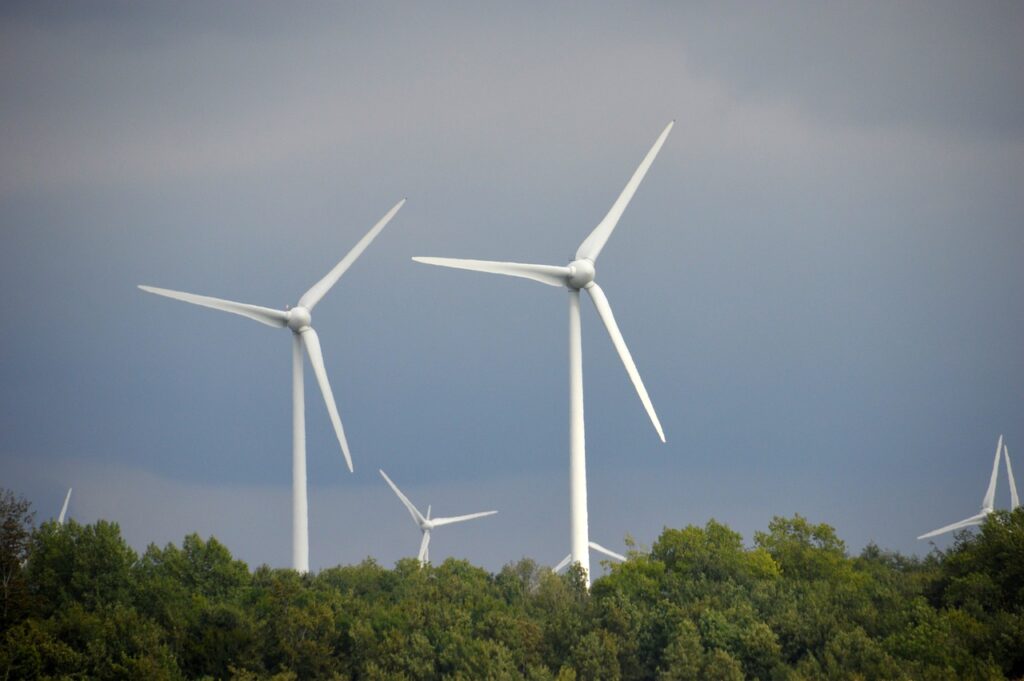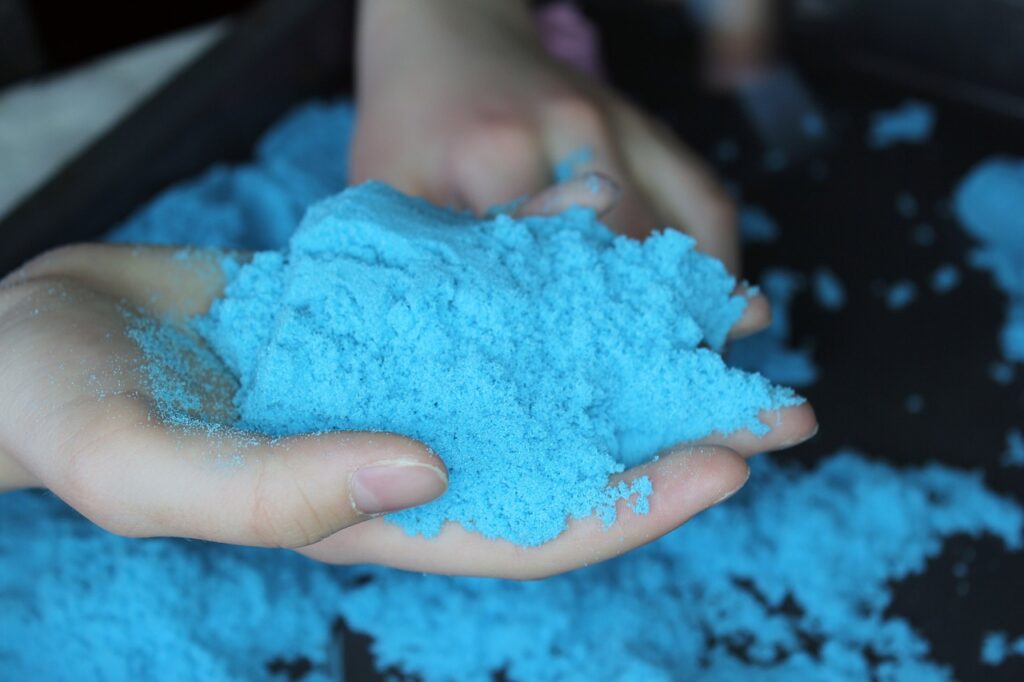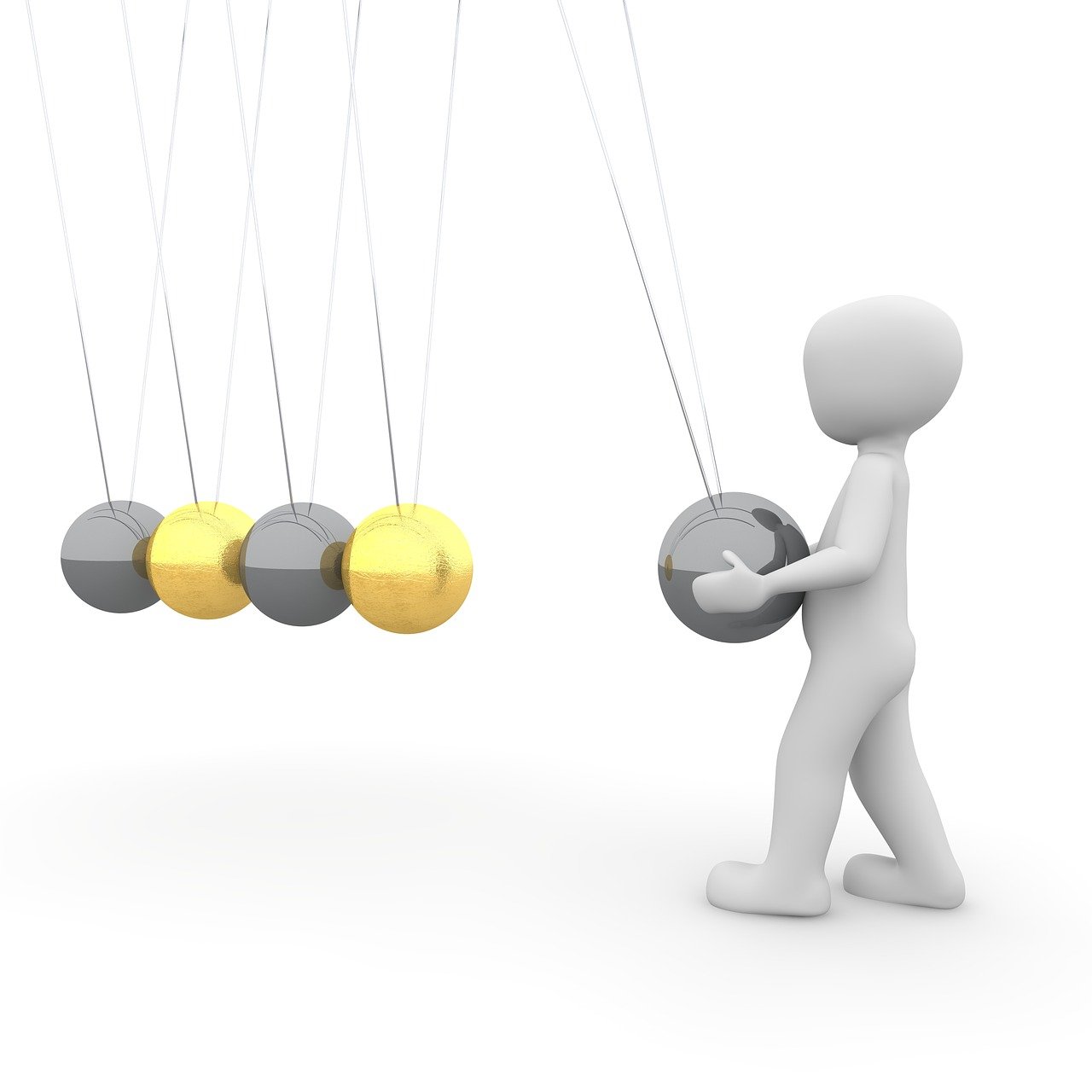Have you ever wondered about the intricate balance between motion and forces in mechanical art pieces? How do kinetic sculptures move so gracefully? The intersection of kinetics and dynamics is truly fascinating, and in this article, we will delve into the science behind these mesmerizing creations.
Understanding Kinetics in Mechanical Art
Have you ever marveled at a kinetic sculpture and wondered how it moves so effortlessly? Kinetics in mechanical art refers to the study of motion and how it is created, using principles from physics and engineering to bring these artworks to life. Kinetic sculptures are designed to move in a specific way, often influenced by the natural world or the artist’s imagination.
Types of Kinetic Motion
Kinetic sculptures can exhibit various types of motion, such as rotational, linear, oscillating, or even random movements. Each type of motion adds a unique dimension to the artwork, creating awe-inspiring visual effects. Understanding the different types of kinetic motion allows artists to craft sculptures that evoke a sense of wonder and enchantment.
The Role of Dynamics in Mechanical Art
Dynamics in mechanical art focuses on the forces that come into play when a kinetic sculpture is in motion. From gravity to friction to tension, dynamics play a crucial role in determining how a sculpture moves and interacts with its environment. By studying dynamics, artists can fine-tune their creations to achieve the desired aesthetic and emotional impact.
Forces at Play
When you observe a kinetic sculpture in motion, you are witnessing the interplay of various forces at work. Gravity pulls the sculpture downward, while tension in the moving parts allows for controlled and precise movements. Friction acts as both a hindrance and a facilitator, depending on the design of the sculpture. Understanding these forces is essential for creating a harmonious and visually appealing kinetic artwork.

The Science Behind Balance and Stability
Have you ever wondered how a kinetic sculpture maintains its balance while in motion? The key lies in the science of balance and stability, which ensures that the artwork moves smoothly and gracefully without toppling over. By carefully considering the center of gravity and distribution of weight, artists can create kinetic sculptures that are not only mesmerizing but also structurally sound.
Center of Gravity
The center of gravity is a crucial concept in the design of kinetic sculptures, as it determines the stability and balance of the artwork. By placing the center of gravity strategically within the sculpture, artists can control its movements and prevent it from tipping over. Balancing the forces at play with the center of gravity is essential for creating kinetic artworks that captivate and inspire.
Weight Distribution
In addition to the center of gravity, the distribution of weight within a kinetic sculpture plays a significant role in its balance and stability. By evenly distributing the weight amongst different components, artists can ensure that the sculpture remains upright and moves with grace and precision. Attention to detail in weight distribution is essential for creating kinetic artworks that stand the test of time.
Materials and Mechanisms in Kinetic Sculptures
Have you ever wondered what materials are used to create kinetic sculptures and how they are brought to life through mechanisms? The choice of materials and mechanisms in kinetic art is crucial to achieving the desired aesthetics and functionality. From metals to plastics to wood, each material offers unique properties that can enhance the visual and kinetic appeal of the artwork.
Common Materials
Metals such as steel and aluminum are popular choices for kinetic sculptures due to their durability and malleability. These materials allow artists to create intricate and dynamic designs that can withstand the forces of motion. Plastics and composites are also used in kinetic art for their versatility and lightness, enabling artists to explore new forms and textures in their creations. Wood is another common material in kinetic sculptures, adding a warmth and organic feel to the artwork.
Mechanisms and Kinetic Systems
Mechanisms such as gears, levers, and pulleys are essential components in bringing kinetic sculptures to life. These systems translate rotational or linear motion into complex movements, allowing the artwork to come alive with dynamic and mesmerizing effects. By combining different mechanisms, artists can create sculptures that move in intricate and unpredictable ways, captivating the viewer’s imagination.

The Intersection of Art and Science in Kinetic Sculptures
Have you ever considered the deep connection between art and science in the creation of kinetic sculptures? Kinetic art is a testament to the harmonious relationship between artistic expression and scientific principles, where creativity and innovation converge to produce mesmerizing and thought-provoking works of art. By exploring this intersection, artists can push the boundaries of traditional art forms and inspire new ways of experiencing motion and form.
Aesthetics and Functionality
Kinetic sculptures are not just visually appealing; they also serve a functional purpose by embodying the principles of motion and dynamic forces. The aesthetic beauty of these artworks is enhanced by their ability to move and interact with the viewer, creating a sensory experience that transcends traditional art forms. By blending aesthetics with functionality, artists can create kinetic sculptures that engage the imagination and evoke emotions in profound ways.
Scientific Innovation and Artistic Expression
The creation of kinetic sculptures requires a delicate balance between scientific innovation and artistic expression. Artists must draw upon their knowledge of physics and engineering to design sculptures that move in harmonious and captivating ways, while also infusing their creations with a sense of creativity and imagination. Through this fusion of science and art, kinetic sculptures push the boundaries of what is possible in the realm of artistic expression and innovation.
Finding Inspiration in Kinetic Art
Have you ever been inspired by the mesmerizing beauty of kinetic sculptures and wondered how you could bring that inspiration into your own creative endeavors? Kinetic art offers a wealth of inspiration for artists and creators looking to explore the dynamic interplay between motion, form, and materials. By studying the techniques and principles behind kinetic sculptures, you can infuse your own artwork with a sense of movement and vitality that captivates and engages viewers.
Experimenting with Motion
One way to find inspiration in kinetic art is to experiment with different types of motion in your own creations. Whether it’s exploring rotational movements, linear motions, or oscillating patterns, incorporating kinetic elements into your artwork can add a dynamic and compelling dimension. By infusing your creations with movement and motion, you can create artworks that spark curiosity and wonder in those who experience them.
Embracing Innovation and Creativity
Kinetic art challenges artists to think outside the box and explore new possibilities in terms of form, materials, and mechanisms. By embracing innovation and creativity in your art practice, you can push the boundaries of traditional art forms and create works that are both visually striking and intellectually stimulating. Drawing inspiration from kinetic sculptures, you can infuse your own creations with a sense of innovation and originality that sets them apart.

Conclusion
Have you gained a deeper understanding of the science behind kinetic and dynamic art after reading this article? The intricate balance between motion and forces in mechanical art is truly fascinating, and studying the principles of kinetics and dynamics has given us a new appreciation for the creativity and ingenuity of artists who bring these sculptures to life. As you continue to explore the world of kinetic art, remember that the intersection of art and science offers endless possibilities for innovation and expression. Get ready to be inspired and create your own mesmerizing works of mechanical art!

